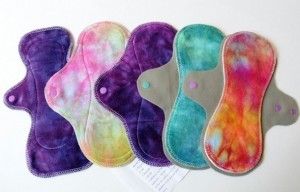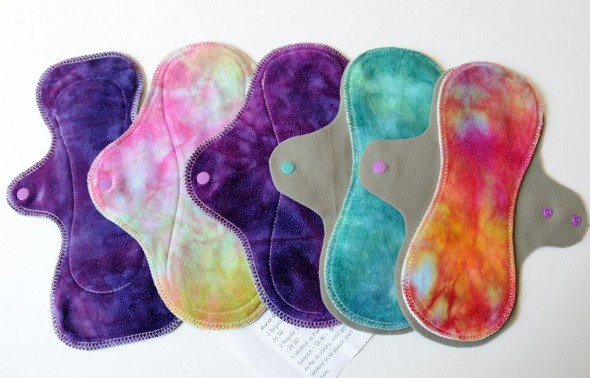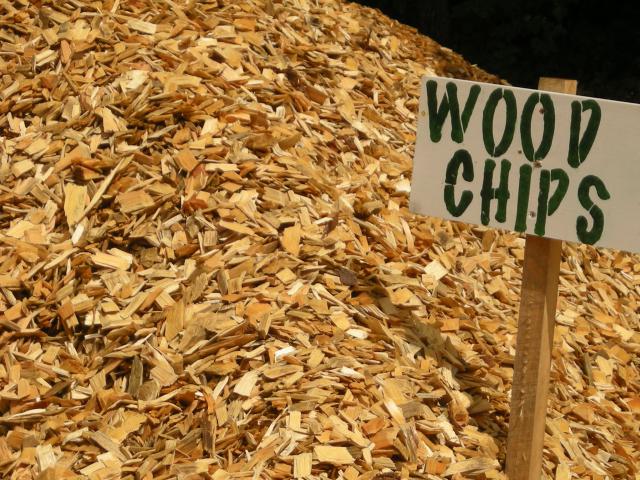
This is an issue I’m still trying to wrap my head around and track down details, so if you have some, please share. This is what I understand at this point:
Did you know that menstrual pads are considered medical devices by the FDA? That’s been the case, it turns out, for about three decades. Who knew? One more example of the messes created when the government writes more regulations in a month than most people can read in a year. Why, if this has been the classification of menstrual pads (both disposable and reusable, corporate manufactured and home-made by your kids’ Sunday School teacher as her cottage industry) for years, is this suddenly an issue? What’s the big deal?
So, they’ve been ‘medical devices’ for decades. But ObamaCare now puts a special tax on medical devices – and menstrual pads aren’t the only thing that the FDA considers a medical device. Your toothbrush is a medical device. The fee doesn’t make anybody safer. It’s about funding Big Government.
Well, our good friends at the FDA are looking out for us again. Thank goodness we have them to fine us, charges us fees, regulate perfectly natural things, and keep us safe. Heck, who knew that women couldn’t even safely menstruate without them?
The FDA has decided that reusable menstrual pads are Class I Medical Devices. That means those who manufacture these products must pay an annual fee of THREE TO FOUR THOUSAND DOLLARS to continue doing so. Not only must these ladies armed with sewing machines pay taxes on their income, they must pay a fealty charge to the FDA to continue making a living this way. FDA Regulation #884.5435 states that a reusable menstrual pad maker must be “FDA compliant” – which means they must pay a yearly registration fee of $3,646 to remain in business for 2015 and a fee of $3,872 for 2016.
This is part of …
Class I means the class of devices that are subject to only the general controls authorized by or under sections 501 (adulteration), 502 (misbranding), 510 (registration), 516 (banned devices), 518 (notification and other remedies), 519 (records and reports), and 520 (general provisions) of the act. A device is in class I if (i) general controls are sufficient to provide reasonable assurance of the safety and effectiveness of the device, or (ii) there is insufficient information from which to determine that general controls are sufficient to provide reasonable assurance of the safety and effectiveness of the device or to establish special controls to provide such assurance, but the device is not life-supporting or life-sustaining or for a use which is of substanial importance in preventing impairment of human health, and which does not present a potential unreasonable risk of illness of injury.
Are you freakin’ kidding me? For that, people involved in cottage industries must pay thousands of dollars per year? Why are they trying to medicalize the regular shedding of uterine tissue, something that has been occurring since the beginning of time?
If you want to talk about something that needs oversight, how about the feminine hygiene products you can purchase at the store? Do you have any idea what carcinogenic materials those things contain? Here’s a quick primer on the contents of sanitary napkins:
In August Women’s Voices for the Earth (WVE) commissioned STAT Analysis to analyze volatile and semi-volatile organic compounds in scented, unscented, and Infinity versions of ultra-thin pads sold under the Always brand, which is manufactured by consumer-product giant Procter & Gamble (P&G).
The results of the testing indicate that both scented and unscented Always pads emit toxic chemicals, including chemicals identified by the U.S. Department of Health and Human Services’ National Toxicology Program, the Agency for Toxic Substances and Disease Registry, and the State of California Environmental Protection Agency, as carcinogens and reproductive and developmental toxins. The manufacturer discloses none of these chemicals on the product.
Some chemicals of concern detected include styrene (a human carcinogen), chloromethane (a reproductive toxicant), chloroethane (a carcinogen), chloroform (a carcinogen, reproductive toxicant, and neurotoxin), and acetone (an irritant). These chemicals also have industrial uses such as in the manufacturing of car tires, nail-polish remover, and Styrofoam, as well as in petroleum refining.
This doesn’t even get into the vast amount of plastic in intimate contact with your body:
Each conventional sanitary pad contains the equivalent of about four plastic bags! With everything we now know about the hazardous nature of plastic chemicals, this alone is cause for concern.
For example, plasticizing chemicals like BPA and BPS disrupt embryonic development and are linked to heart disease and cancer. Besides crude oil plastics, conventional sanitary pads can also contain a myriad of other potentially hazardous ingredients, such as odor neutralizers and fragrances. Synthetics and plastic also restrict the free flow of air and can trap heat and dampness, potentially promoting the growth of yeast and bacteria in your vaginal area.
For women who use tampons instead of pads, the content of those is even more grim:
Phthalates — which give paper tampon applicators that smooth feel and finish — are known to dysregulate gene expression, and DEHP may lead to multiple organ damage.
Furthermore, to give tampons and pads that pristine, “clean” white look, the fibers used must be bleached. Chlorine is commonly used for this, which can create toxic dioxin and other disinfection-by-products (DBPs) such as trihalomethane. Studies show that dioxin collects in your fatty tissues, and according to a draft report by the US Environmental Protection Agency (EPA), dioxin a serious public health threat that has no “safe” level of exposure! Published reports show that even low or trace levels of dioxins may be linked to:
- Abnormal tissue growth in the abdomen and reproductive organs
- Abnormal cell growth throughout the body
- Immune system suppression
- Hormonal and endocrine system disruption
Meanwhile, the FDA’s official stance regarding trace amounts of dioxins is that there are no expected health risks associated with trace amounts of dioxins in tampons…
So wait a minute…according to our noble guardians at the FDA, dioxin is okay, but by golly, they’ve got to monitor those women who use flannel and organic cotton!!!! They must keep those women safe – and of course, dependent on a monthly trip to pay their dues at the altar of Proctor and Gamble, and companies like them. (Learn more from the World Health Organization about the dangers of the dioxin they say is okay to place in your private areas.)
Sellers of these products have been notified that they must scramble to come up with over $3600 by December 31 to remain in business.
Prices of these products are sure to rise in order for the makers to be able to stay in business. Support them by checking out this set of 5 pads or going for the gusto and getting a supply of 20 pads
. You can also keep the FDA out of your panties by making your own pads – here are simple instructions.
How did they get classified as medical devices in the first place? I have no idea, but I do have some totally speculative guesses. The fact that they are classed as medical devices means they do not have to disclose their ingredients. I can’t help but think that the corporate makers of feminine hygiene products see that as a good thing and I would not be surprised to learn that they lobbied for it.
Please Read this Article at NaturalBlaze.com





Leave a Reply